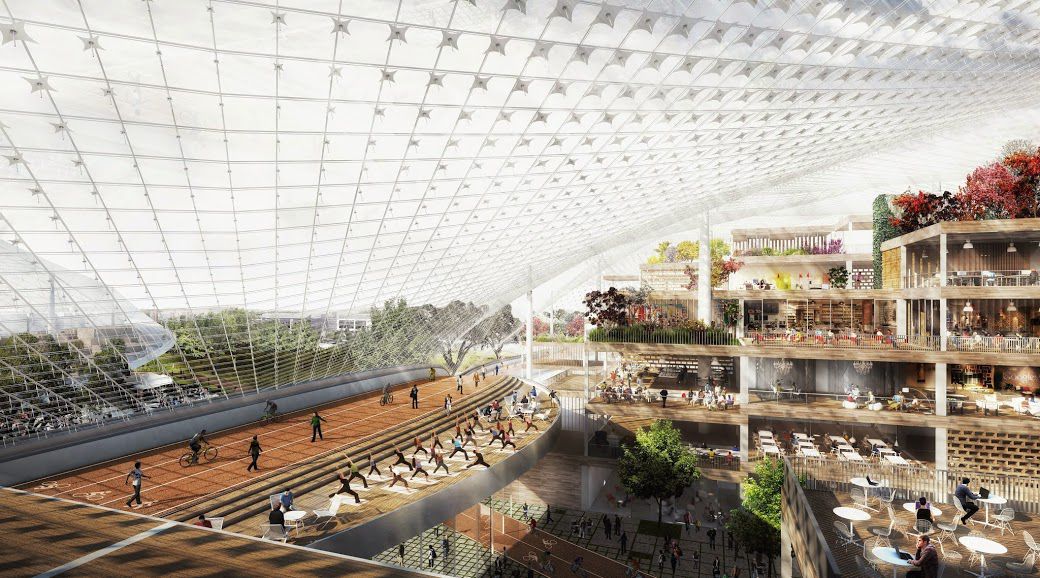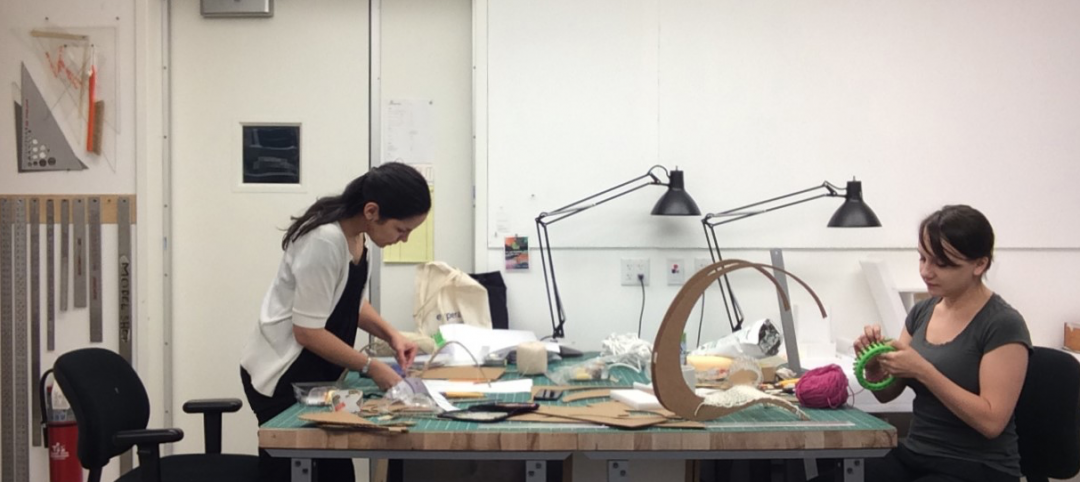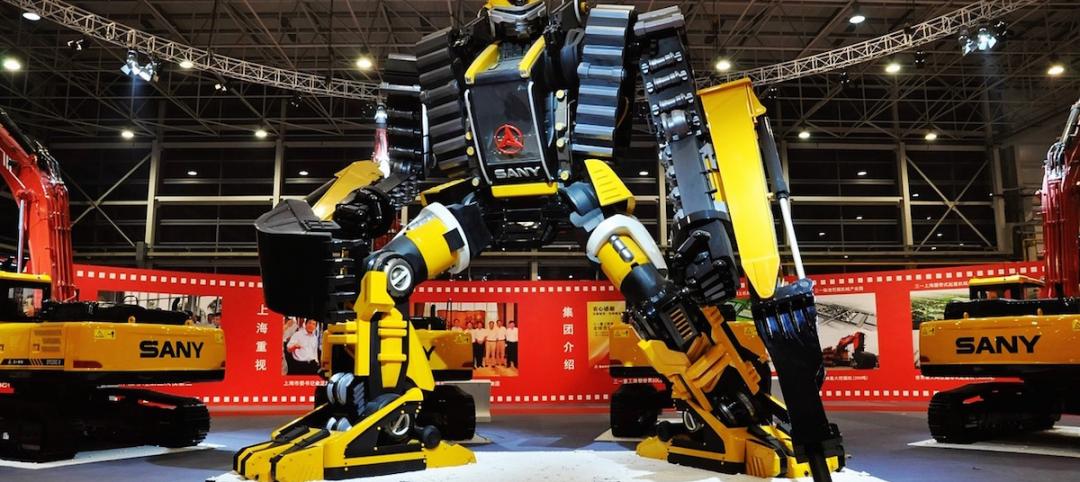In the world of science, there are legendary stories of how chance encounters and serendipitous connections led to breakthrough discoveries. There’s the tale of the 1796 run-in between British scientist Edward Jenner and a cowpox-infected dairymaid that eventually led to the smallpox vaccination.
In 1928, while researching influenza, Scottish biologist, pharmacologist, and botanist Alexander Fleming discovered penicillin by chance after he decided to examine—instead of throw out—a mold-ridden petri dish containing a contaminated staphylococcus culture. And there’s German physicist Wilhelm Conrad Röntgen, who in 1895, while experimenting with electrical currents through glass cathode-ray tubes, noticed that a piece of barium platinocyanide across the room started to glow—the birth of the X-ray.
In modern times, we hear stories of card games, pub gatherings, and other social occasions involving scientists and researchers that resulted in discovery. Leading research institutions have attempted to foster these serendipitous “Eureka!” moments by designing disruption, interaction, and collaboration into their R&D facilities. As the theory goes, having the right person—or group of people—in the right place at the right time can spark innovation.
“At a time when most workforces within corporations, institutions, and government agencies are stretched thin, is encouraging even more idle chitchat and interaction among workers really the most effective use of their precious time? More to the point: Is the potential reward—that Next Big Idea—worth an employer’s sizable investment in time.”
This design mindset has permeated workplace design as well, led largely by tech giants. Google, Facebook, Samsung, and Tencent have all unveiled plans for “action” offices designed to get their people moving, interacting, huddling, collaborating—all in the name of innovation. The design teams on these projects, and others, are going to great lengths to optimize the workspaces for hyperactivity and interaction; for example, using computer simulations to model how workers move through spaces, and then placing collaboration functions at the intersections.
It sounds all well and good, but you have to wonder if this trend is just the latest in a long list of workplace design fads that is going to run its course. Think about it: At a time when most workforces within corporations, institutions, and government agencies are stretched thin, is encouraging even more idle chitchat and interaction among workers really the most effective use of their precious time? More to the point: Is the potential reward—that Next Big Idea—worth an employer’s sizable investment in time.
Gensler workplace design expert Marc Bruffett likens chance encounter design to playing the “innovation lottery”—every unscheduled run-in between employees buys you a ticket. The odds of striking it rich are in the millions to one, and the cost of those tickets quickly adds up.
“We must acknowledge explicitly what we know intuitively: that chance encounters more frequently lead to outcomes other than innovation,” Bruffett wrote in a blog post. “They’re not necessarily bad outcomes, they’re just not innovations.”
That’s not to say run-ins should be discouraged in workplace design. However, as Bruffett noted, deliberately creative, planned process should always take precedence over chance encounter. “I’ll put my chips down any day on design thinking over chance encounters as the wellspring of innovation,” he wrote. I agree with his sentiment.
Bruffett’s essay is one of dozens of contributed posts from AEC leaders featured on BD+C’s blog. More at BDCnetwork.com/Blogs.
More from Author
David Barista | Aug 15, 2019
3 ‘Giant’ AEC market trends for 2019-2020
We’re starting to see a shift toward custom research, thanks in part to the influx of data, data tools, and analytics expertise in the AEC market.
David Barista | Jul 31, 2019
Amenities war no more? Research report explores multifamily market
Multifamily developers show no signs of pulling back on specialty spaces and unique offerings in an effort to attract high-quality tenants, according to new research from Multifamily Design+Construction.
David Barista | Dec 30, 2016
An open letter to the AEC C-suite
Women AEC professionals need you to take action.
David Barista | Sep 6, 2016
Innovation intervention: How AEC firms are driving growth through R&D programs
AEC firms are taking a page from the tech industry, by infusing a deep commitment to innovation and disruption into their cultural DNA.
David Barista | Jun 27, 2016
If ‘only the paranoid survive,’ what does it take to thrive?
“Sooner or later, something fundamental in your business world will change.” The late Andrew Grove (1936-2016), Co-founder of tech giant Intel Corp., lived by these words.
David Barista | May 31, 2016
As commercial buildings get ‘smarter,’ concerns rise over cybercrime
As buildings become increasingly connected, opportunistic hackers have countless avenues into a building’s network.
David Barista | May 9, 2016
Is the nation’s grand tech boom really an innovation funk?
Despite popular belief, the country is not in a great age of technological and digital innovation, at least when compared to the last great innovation era (1870-1970).
David Barista | Mar 31, 2016
Deep Learning + AI: How machines are becoming master problem solvers
Besides revolutionary changes to the world’s workforce, artificial intelligence could have a profound impact on the built environment and the AEC industry.
David Barista | Feb 24, 2016
Is the booming freelance economy a threat to AEC firms?
By shifting the work (and revenue) to freelancers, “platform capitalism” startups have taken considerable market share from traditional businesses.
David Barista | Jan 26, 2016
How the Fourth Industrial Revolution will alter the globe’s workforce
The next great technological metamorphosis will be unlike anything humankind has experienced before, due to the sheer size, speed, and scope of disruption.
















